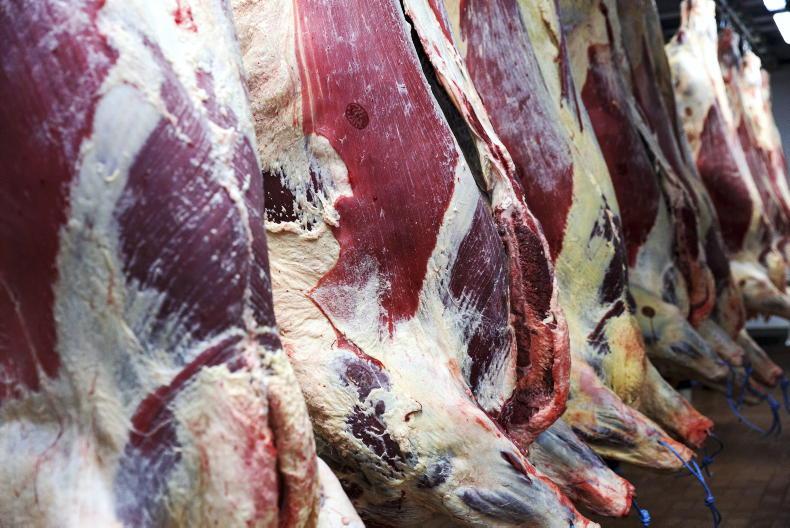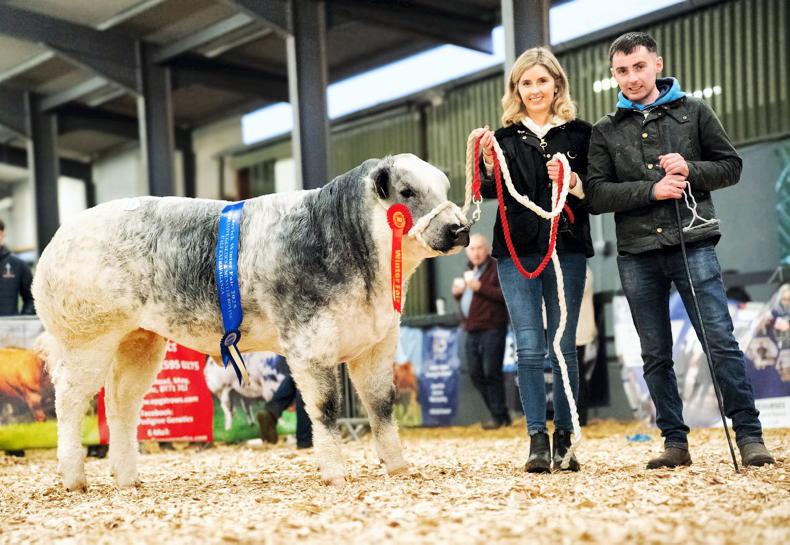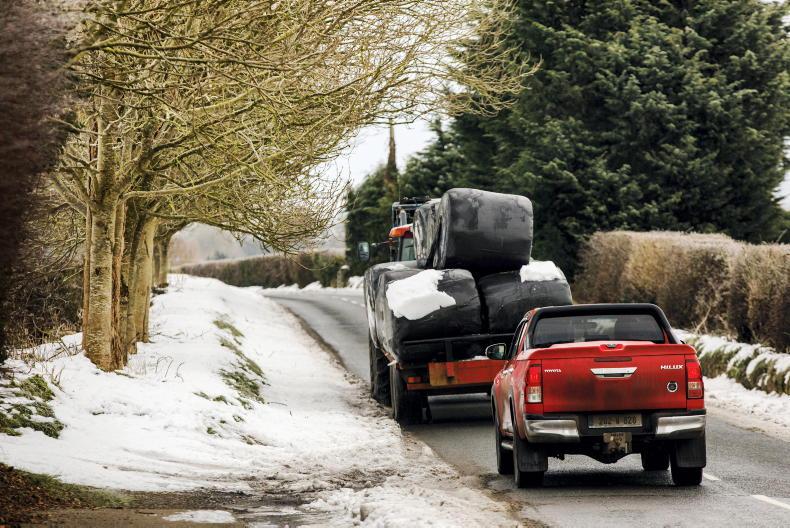It’s hard to believe that a little over a month ago some farmers were actively looking for rain. Most are now wondering when it is going to stop and would like to see the dry weather back.
On this farm, we were keen for the dry conditions to continue. Grass was still growing and cattle and sheep were content. Ground conditions were superb, and farming was a pleasure.
Some farmers fail to recognise when they are well off. I would have been happy if the dry weather had lasted the whole summer. Since it started raining again, things have gone downhill rapidly. Suckler cows like the sun on their backs and in recent weeks, mine have become very unsettled. They never seem to stop walking in poor weather. It’s a matter of tramping round and round the field until they dirty the whole grass and then roar to look for a change.
Sheep also like the sun and don’t thrive when they are puddling about on wet ground with a wet fleece. They can do plenty of damage in the process.
Options
We are stocked very heavily here, and I always try to have options if conditions deteriorate. That usually means having some cattle that can be pulled into the house during poor weather and then let out again if conditions improve.
The problem is that during late July or early August these options are a bit limited. My spring-calving cows are just coming out of the breeding season, and I don’t like disturbing them as it can affect fertility. Then my autumn-calving cows are just starting to calve, and I prefer to do this outside.
I had thought about bringing the autumn-calvers inside, but one of the big benefits of autumn calving is to get it done outside away from much of the disease problems associated with indoor calving.
I have managed to keep them out by putting cows in small batches and then grouping them after calving. But this has meant I have had to use more ground than I would have normally needed.
As a result, my only option has been to house store cattle. These were cattle that I had hoped to keep outside until September and then bring them in for a three or four-month finishing period.
I started bringing them in at the end of July. I had serious reservations about what I was doing, but after seeing the amount of rain that fell at the start of August I’m glad they are in the house.
Reserves
The next problem is that I am eating into my reserves of silage which could cause an issue later in the winter. My second cut of silage was ready around the middle of July, but with the weather, getting it harvested has been exceedingly difficult. We have managed to get about half of it cut, but the rest is sitting in the field with very little prospect of it being saved any time soon.
Another knock-on effect is the quality. The second-cut that we have managed to get will be of very average quality, but the stuff that is still in the field will be very poor quality, even if the weather improves soon.
Supplies
Of course, one thing seems to roll into another. We normally take some third cut, but this is not going to happen this year.
The second cut is just too late to offer any hope of a third cut. So it looks like supplies of silage are going to be tight and quality will be poor.
The scorching June seems a long way away and a difficult winter is peeping around the corner.
That being said, I have seen difficult years before and I have learnt that you need to deal with these situations as best you can and move on.
Dwelling on your difficulties or letting the situation get you down doesn’t help.
Worrying never helped any situation.
Read more
Trying to crack the conundrum of clover
Farmer Writes: a tough challenge to get through the spring
It’s hard to believe that a little over a month ago some farmers were actively looking for rain. Most are now wondering when it is going to stop and would like to see the dry weather back.
On this farm, we were keen for the dry conditions to continue. Grass was still growing and cattle and sheep were content. Ground conditions were superb, and farming was a pleasure.
Some farmers fail to recognise when they are well off. I would have been happy if the dry weather had lasted the whole summer. Since it started raining again, things have gone downhill rapidly. Suckler cows like the sun on their backs and in recent weeks, mine have become very unsettled. They never seem to stop walking in poor weather. It’s a matter of tramping round and round the field until they dirty the whole grass and then roar to look for a change.
Sheep also like the sun and don’t thrive when they are puddling about on wet ground with a wet fleece. They can do plenty of damage in the process.
Options
We are stocked very heavily here, and I always try to have options if conditions deteriorate. That usually means having some cattle that can be pulled into the house during poor weather and then let out again if conditions improve.
The problem is that during late July or early August these options are a bit limited. My spring-calving cows are just coming out of the breeding season, and I don’t like disturbing them as it can affect fertility. Then my autumn-calving cows are just starting to calve, and I prefer to do this outside.
I had thought about bringing the autumn-calvers inside, but one of the big benefits of autumn calving is to get it done outside away from much of the disease problems associated with indoor calving.
I have managed to keep them out by putting cows in small batches and then grouping them after calving. But this has meant I have had to use more ground than I would have normally needed.
As a result, my only option has been to house store cattle. These were cattle that I had hoped to keep outside until September and then bring them in for a three or four-month finishing period.
I started bringing them in at the end of July. I had serious reservations about what I was doing, but after seeing the amount of rain that fell at the start of August I’m glad they are in the house.
Reserves
The next problem is that I am eating into my reserves of silage which could cause an issue later in the winter. My second cut of silage was ready around the middle of July, but with the weather, getting it harvested has been exceedingly difficult. We have managed to get about half of it cut, but the rest is sitting in the field with very little prospect of it being saved any time soon.
Another knock-on effect is the quality. The second-cut that we have managed to get will be of very average quality, but the stuff that is still in the field will be very poor quality, even if the weather improves soon.
Supplies
Of course, one thing seems to roll into another. We normally take some third cut, but this is not going to happen this year.
The second cut is just too late to offer any hope of a third cut. So it looks like supplies of silage are going to be tight and quality will be poor.
The scorching June seems a long way away and a difficult winter is peeping around the corner.
That being said, I have seen difficult years before and I have learnt that you need to deal with these situations as best you can and move on.
Dwelling on your difficulties or letting the situation get you down doesn’t help.
Worrying never helped any situation.
Read more
Trying to crack the conundrum of clover
Farmer Writes: a tough challenge to get through the spring










SHARING OPTIONS